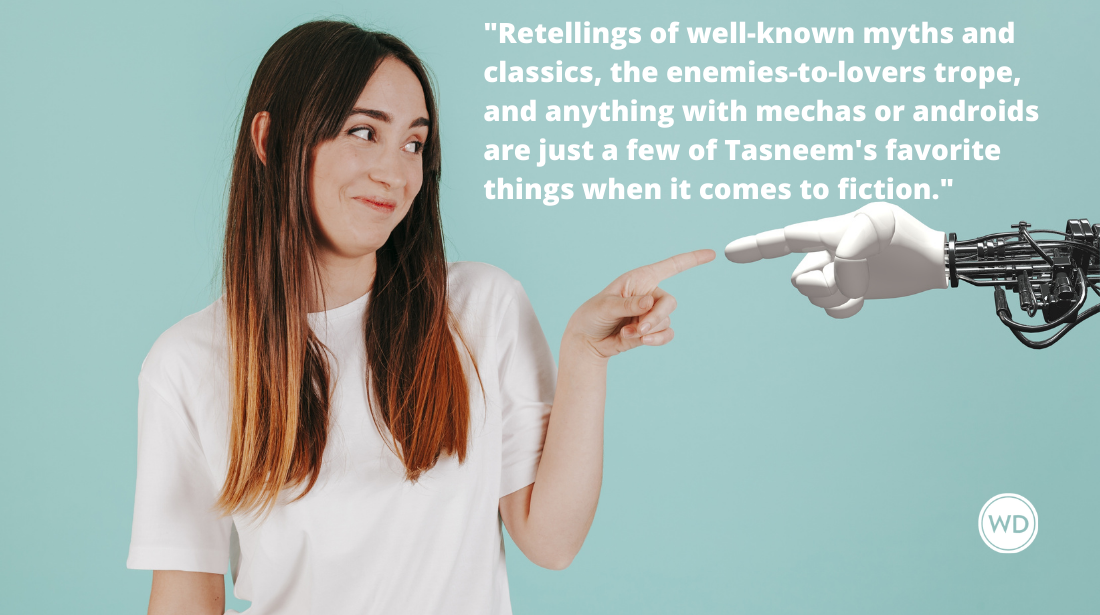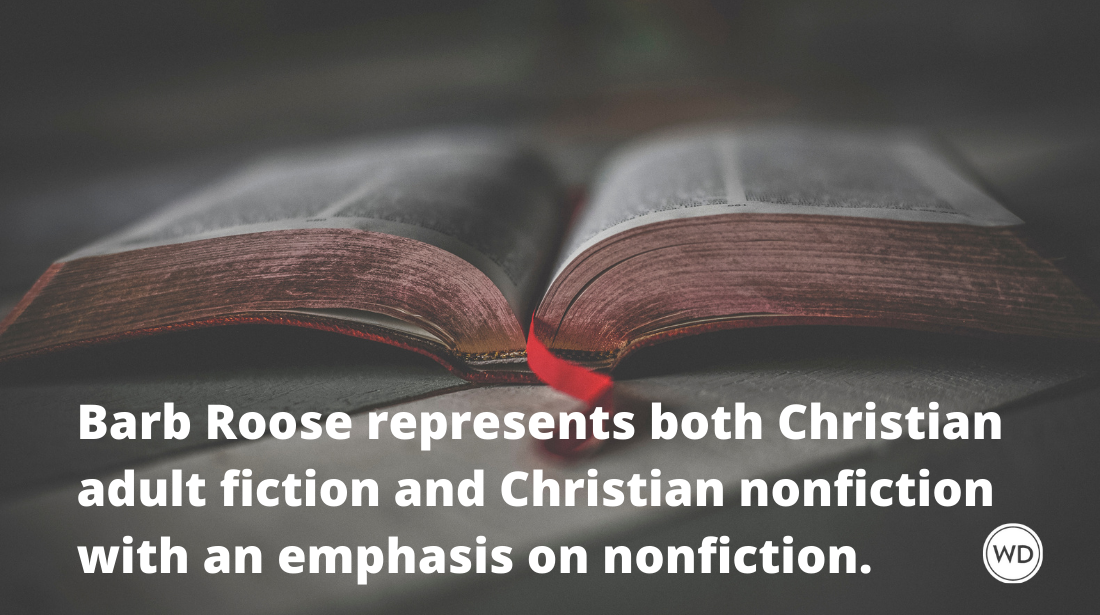Pitch Perfect: How to Craft Your Book’s Hook
So what makes up a good hook? Simplicity. You don’t need to recite a paragraph-long pitch to an editor. You don’t need to wow them with every nuance of the conflict between your hero and heroine. That comes later. What you want to do first is get them interested in you and your book’s premise. Guest column by Angie Fox, New York Times bestselling author of the Accidental Demon Slayer series.
Want your book to stand out from the crowd? You’ll need a hook. If you handle it right, this will be your dream editor or an agent’s first impression of your book. It’s what sets you and your work apart from everyone else. Sound good? It is. When your hook is both strong and memorable, you’ll have that editor thinking about your book and anticipating it long after your initial meeting is over.
Order a copy of Angie Fox's The Last of the Demon Slayers today.
So what makes up a good hook? Simplicity. You don’t need to recite a paragraph-long pitch to an editor. You don’t need to wow them with every nuance of the conflict between your hero and heroine. That comes later. What you want to do first is get them interested in you and your book’s premise.
For example, the hook for my first book (my entire series, really) is the gang of geriatric biker witches. When anyone asks me about the Accidental Demon Slayer series (and now its booksellers), I tell them it’s about a gang of geriatric biker witches, oh and a reluctant demon slayer. End of story. Either they get the hook or they don’t. You’ll know right away whether you’re a good match for an editor, or in my case, potential readers.
So many times, authors will confuse their main story conflict with their hook. It’s tempting to tell an editor that you’ve written the most touching love story of the year, or a suspenseful thrill ride that will keep readers up all night. That’s all fine. In fact, that’s what you want your books to do. But it’s not your hook.
To find your book’s hook, dig deep. Ask yourself:
- What is it that makes my story completely unique?
- If I could tell an editor or an agent one thing about my book, what would it be?
- What impression do I want to leave with my readers after they’ve read my work?
Another worthwhile exercise is to look at the books that you’ve bought. What about each of them hooked you? Chances are, it’s also what made that editor buy.
Sometimes, a hook is worked right into the title of a book. Think of Sally MacKenzie’s series: The Naked Duke, The Naked Earl, The Naked Viscount. Or it can be communicated in a simple sentence, like Colleen Gleason used for her Gardella Vampire series. “It’s like Buffy the Vampire Slayer in Regency England.”
Editors love strong hooks because it lets them know immediately whether your book will be a good fit for their line. And after they offer you that cushy contract, your publishing house will use those hooks to sell your work. Everything from Colleen Gleason’s covers to her official tagline, “belles, balls, beaux … and stakes?” fit with her initial hook.
It can be hard to find the hook in our own work, simply because we are so engrossed in our own stories. This is never an easy exercise, especially the first few times. But pulling back, discovering what makes your book unique and then being able to communicate that can make the difference between an engaging pitch and an unforgettable one.
Angie Fox is the New York Times bestselling author of the Accidental Demon Slayer series. While researching her books, Angie has ridden with Harley biker gangs, explored the tunnels underneath Hoover Dam and repelled down a wall. She thinks pitching is way harder than all of that. See her website here.






